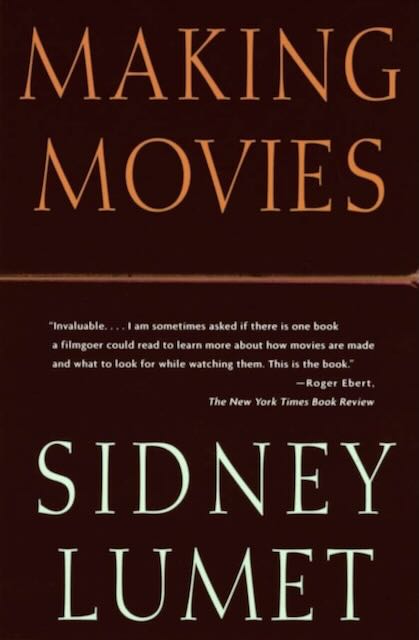
I’m only 28 years late, but I just finished reading Sidney Lumet’s “Making Movies,” in which he explained all the things that go into making a motion picture. He certainly knew the subject, as Lumet was one of the greatest filmmakers of all time, with titles like “Serpico,” “The Verdict,” and “Fail Safe” among the more than six dozen movies he directed.
In each chapter, Lumet focused on a specific element in the process of turning ideas on paper into images on a big screen, from the script to casting to camera moves to lighting to art direction to costumes to editing to music and sound effects — and then handing over his finished version to the studio, hoping they marketed and distributed it correctly.
One of my favorite parts was when Lumet lamented the way a studio executive completely misjudged the target audience for a preview screening of “Running On Empty” (a 1988 movie I think was seriously underrated):
The head of production decided on an entire audience of adolescents, because the star was the magical River Phoenix, a teenage idol. Never mind that the story was about sixties radicals who were on the run because of a campus bombing. There was no way anyone under twenty-five would even know that these type of people existed. Naomi Foner’s script was very complex, involving not only the boy’s relationship to his parents (Christine Lahti and Judd Hirsch), but also his parents’ relationship to their parents. But the head of production had a teen star, so in his wisdom, that meant a teen audience.
Lumet used plenty of examples from his movies: how he made the jury room in “12 Angry Men” seem even more claustrophobic; how he shot (in a single take) the epic movement of the giant train that’s the setting for “Murder On The Orient Express”; how he urged the actors playing the bank employees in “Dog Day Afternoon” to just be themselves; and why Faye Dunaway had to have her skirt taken in in sixteen different places for “Network.”
I’m always fascinated by process, and Lumet’s book revealed the innumerable decisions and painstaking effort that go into making movie magic (and dreck, too!). He wrote “Making Movies” in 1995, so it didn’t discuss changes to the industry in the digital and streaming era, but I still found it a page-turning, fascinating, behind-the-scenes look into the film industry.
